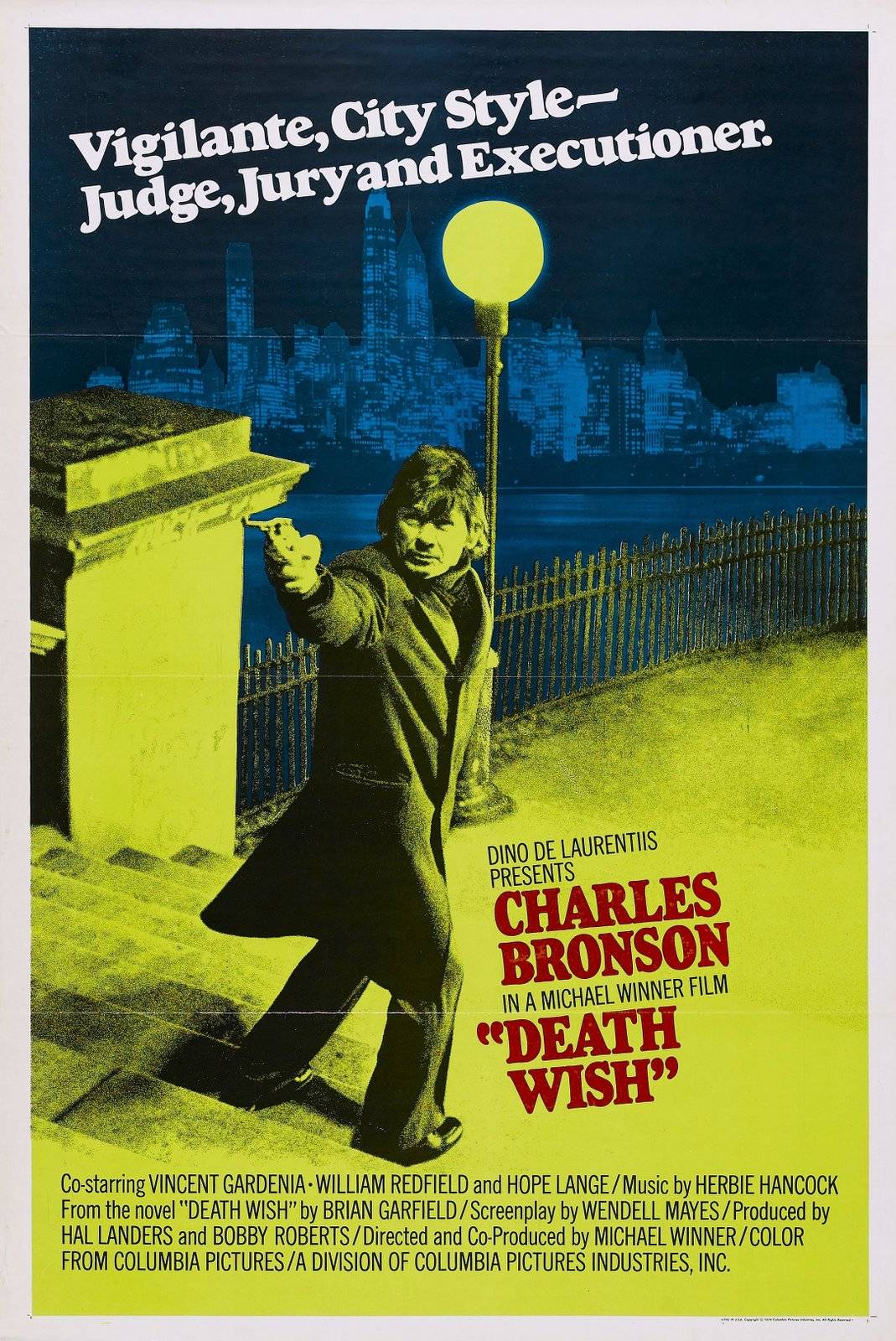2aguy
Diamond Member
- Jul 19, 2014
- 111,977
- 52,256
- 2,290
Here we have a Harvard researcher who understands what the actual problem is with guns and crime in the U.S......criminals who use guns. But...because he is an anti-gunner, he goes on to support gun laws he admits don't stop criminals from getting guns or using them to kill each other.......because he hates guns.
As far as his actual solution that he points out before being blinded by his hatred of guns.....he is right on target.....criminals....focus on them, and you stop gun crime.
Democrats are skipping out on the most important gun fight of all - The Boston Globe
First, because urban violence concentrates among a small number of people and places, strategies that target those concentrations tend to work best.
In most medium to large cities, violent crime clusters among a few hundred individuals and a few dozen micro-locations known as “hot spots.” Less than 1 percent of a city’s population and less than 5 percent of its geography will generate the majority of its lethal or near-lethal encounters.
Next, strategies that balance punishment with support work better than either approach in isolation. No city has reduced violence only with law enforcement, or reduced it without law enforcement entirely. In a comprehensive review of over 1,400 anti-crime evaluations, my colleague Christopher Winship and I discovered that the evidence does not favor either “tough” or “soft” approaches; there are numerous examples of both that have worked.
Last, peace in the streets requires cooperation between communities and criminal justice authorities. However, when people see law enforcement as unwilling or unable to help them, they refuse to report crime, testify in court, or serve as jurors. Even worse, they are more likely to take the law into their own hands, using the “code of the street” to violently resolve disputes. By improving relationships with affected residents, police and prosecutors can solve past crimes while preventing violence in the future.
These principles — focus, balance, and fairness — are the clearest guidelines to effective anti-violence policies available. Follow them and success is likely. Disregard them and failure is almost a certainty.
And here......strategies that the author acknowledges do nothing to stop gun violence.....he supports........showing that he is blinded by his dislike, likely hatred, of guns.....
Democrats are partly responsible when they support the same gun violence policies that have been around for decades, such as universal background checks, banning assault weapons, and keeping guns out of the hands of dangerous people.
Although these strategies make good sense, they do little to curb the violence on the streets of our cities.
As far as his actual solution that he points out before being blinded by his hatred of guns.....he is right on target.....criminals....focus on them, and you stop gun crime.
Democrats are skipping out on the most important gun fight of all - The Boston Globe
First, because urban violence concentrates among a small number of people and places, strategies that target those concentrations tend to work best.
In most medium to large cities, violent crime clusters among a few hundred individuals and a few dozen micro-locations known as “hot spots.” Less than 1 percent of a city’s population and less than 5 percent of its geography will generate the majority of its lethal or near-lethal encounters.
Next, strategies that balance punishment with support work better than either approach in isolation. No city has reduced violence only with law enforcement, or reduced it without law enforcement entirely. In a comprehensive review of over 1,400 anti-crime evaluations, my colleague Christopher Winship and I discovered that the evidence does not favor either “tough” or “soft” approaches; there are numerous examples of both that have worked.
Last, peace in the streets requires cooperation between communities and criminal justice authorities. However, when people see law enforcement as unwilling or unable to help them, they refuse to report crime, testify in court, or serve as jurors. Even worse, they are more likely to take the law into their own hands, using the “code of the street” to violently resolve disputes. By improving relationships with affected residents, police and prosecutors can solve past crimes while preventing violence in the future.
These principles — focus, balance, and fairness — are the clearest guidelines to effective anti-violence policies available. Follow them and success is likely. Disregard them and failure is almost a certainty.
And here......strategies that the author acknowledges do nothing to stop gun violence.....he supports........showing that he is blinded by his dislike, likely hatred, of guns.....
Democrats are partly responsible when they support the same gun violence policies that have been around for decades, such as universal background checks, banning assault weapons, and keeping guns out of the hands of dangerous people.
Although these strategies make good sense, they do little to curb the violence on the streets of our cities.





